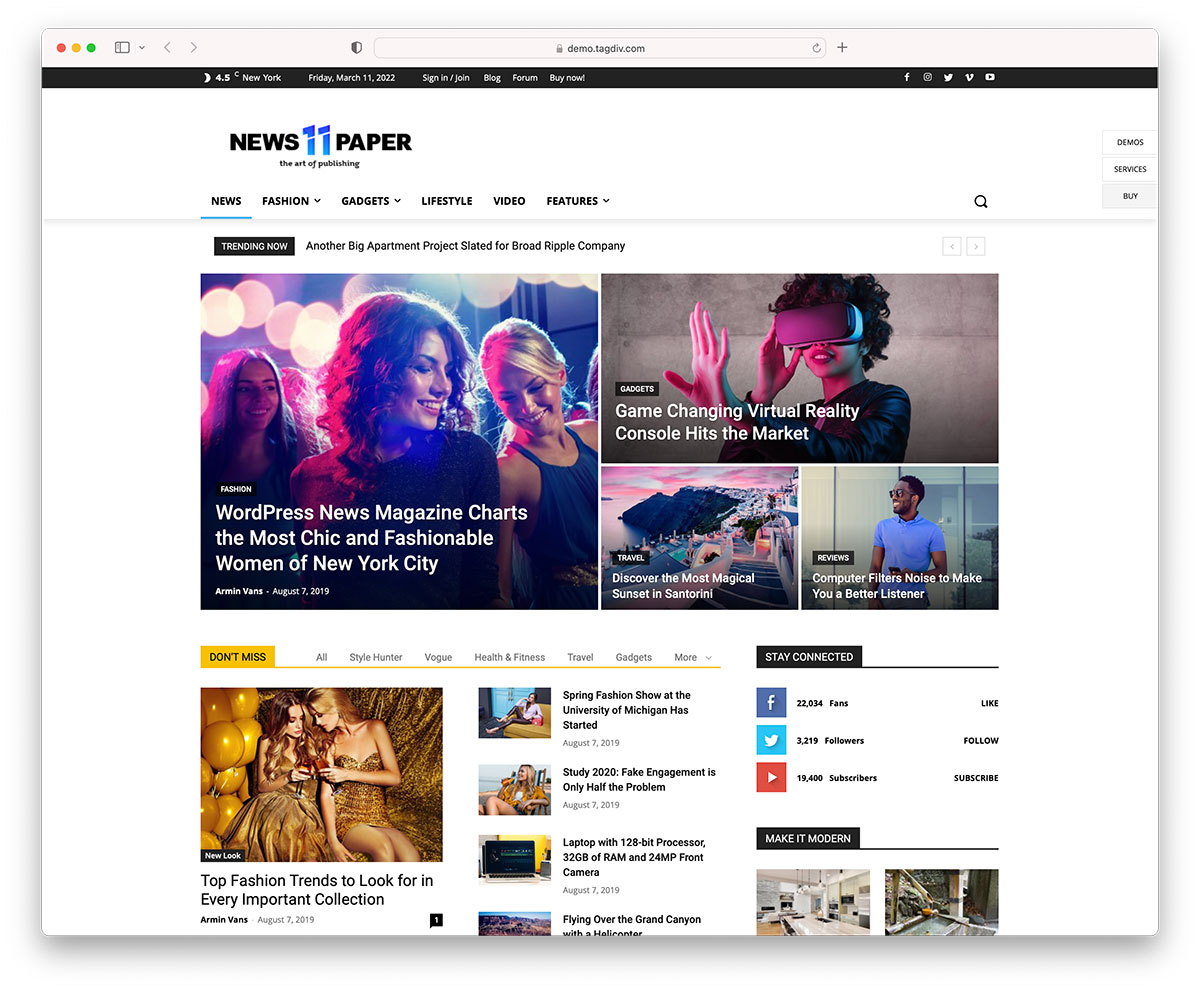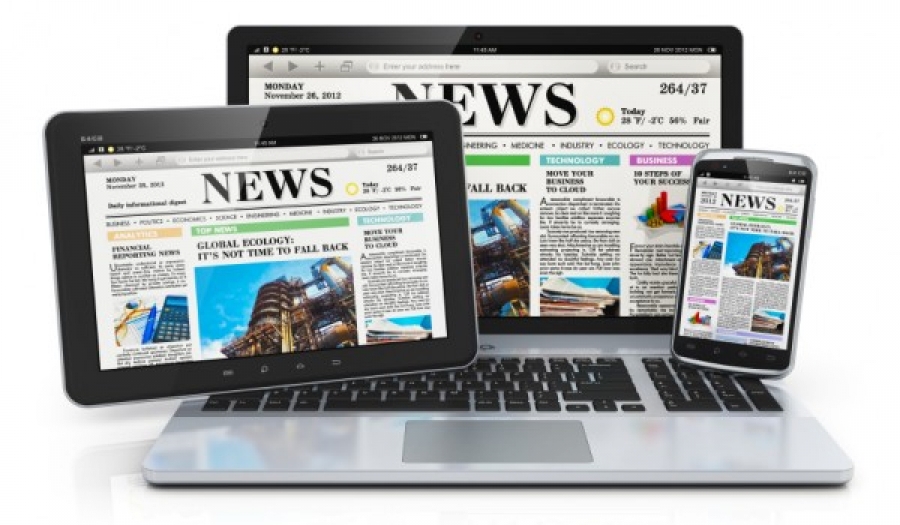4 Easy Facts About Popular News Described
Table of ContentsThe Best Guide To Popular NewsThe Ultimate Guide To Popular NewsThings about Popular NewsSee This Report about Popular News
Age is additionally an aspect in the method individuals view the function of social networks. Younger social media sites information customers are more probable to state it has actually impacted their understanding right. About fifty percent of social networks news consumers ages 18 to 29 (48%) state information on social media sites makes them better educated, contrasted with 37% of those 30 to 49, 28% of those 50 to 64, and 27% of those 65 and older.
Study on a state's brand-new tax code likely will not create the same interest throughout state borders. Periodically specialists can aid center a bigger nationwide tale that affects more than just a city or state.
If you are publishing relevant study, loophole in MarComm prior to the write-up being released to ensure that the pitch can highlight the latest element of the tale: the magazine of the research study - Popular News. Occasions and statements that entail top-level figures are a lot more likely to produce media coverage. Visits from national numbers usually require months of preparation as a result of anticipated community interest
About Popular News
Stories typically involve some sort of dispute. By definition, these stories are virtually constantly controversial to some extent. The good news is, college personnel and professors are usually perceived as impartial professionals. We can assist reduce potential reputational risk with these stories while likewise raising the odds of producing protection. While most of the above news values are intertwined, human passion stories often differ.
Human passion aspects can include information worth to other tales that may seem lacking in the other worths. The novelty or strangeness of a situation can aid affect whether an information outlet is most likely to cover a tale. While this is not an exhaustive checklist, checking to see if your news thing or occasion has these top qualities prior to calling us will assist you establish which aspects hold the most information worth.

There is likewise substantial proof that more customers might begin to pay for news in the futureif authors can recognize them and serve them well. Fifty percent of those who do not spend Website for news actively look for out information and appear like subscribers in various ways. And virtually 2 in 10 of those who do not sign up for information now indicate they are inclined to begin to pay in the future.
Fascination About Popular News
We after that ask a collection of inquiries to figure out whether individuals spend for particular sorts of news resources. We asked people to call the resources they make use of most oftenwhether they pay for them or nothow they utilize them, the particular points they think about vital regarding them, and some relevant questions about the price and value of that resource.

More than 4 in 10 likewise point out the fact that family and friends sign up for the exact same item. More than a 3rd of individuals say they originally subscribed in feedback to a discount or promotion. In print, people additionally are moved heavily to register for get vouchers that conserve them money, something that has untapped ramifications in digital.
Popular News - Truths
Regarding fifty percent are "information hunters," suggesting they proactively choose information instead of mostly running into it in a more passive way, though the information that nonpayers are looking for (in the meantime, at the very least) is typically concerning nationwide politics. Like clients, a number of these people additionally obtain news multiple times a day, make use of the information in ways similar to clients, and want comparable topics, including international or worldwide news.
We asked everyone who told us they have a normal totally free source of news exactly how most likely they would certainly be to spend for it. Even more than a quarter (26 percent) say they would certainly be at the very least somewhat likely to begin spending for itand 10 percent are really or very most likely. These most likely payers have a tendency to be information seekers, and they likewise tend to be individuals who already spend for a news subscription along with the resource they comply with free of cost.
Of those that do pay, 54 percent subscribe to papers in print or digitally, which represents 29 percent of Americans generally. The additional info majority of them buy a print publication together with their newspaper and pay for 2 to four information sources in total amount, some even more. And while 53 percent are veteran customers (5+ years), greater than a quarter (27 percent) have acquired their newspaper subscription within the previous year.
Few print clients assume check out this site it most likely they will switch over to a digital-only subscription in the future, and even more than fifty percent of those that prefer digital have never spent for a print version of the very same resource (Popular News). Fully 75 percent of paper payers claim they mostly reviewed the paper in print, while 21 percent are mostly digital individuals, and 4 percent define themselves as evenly split